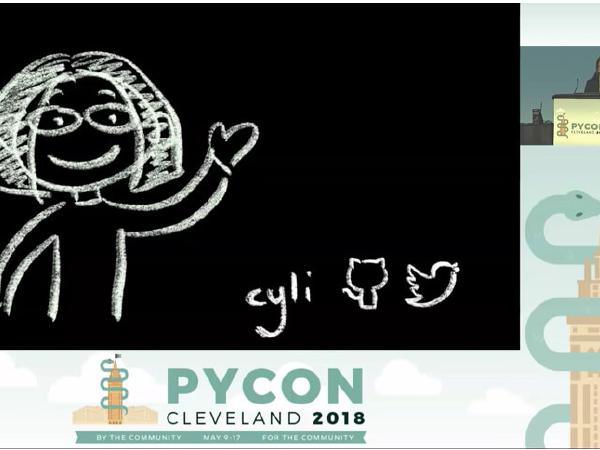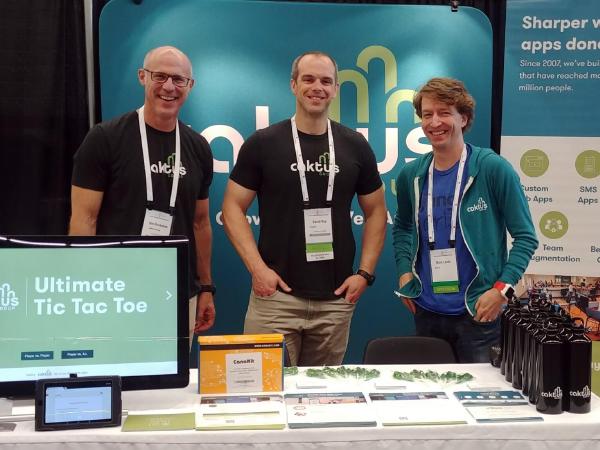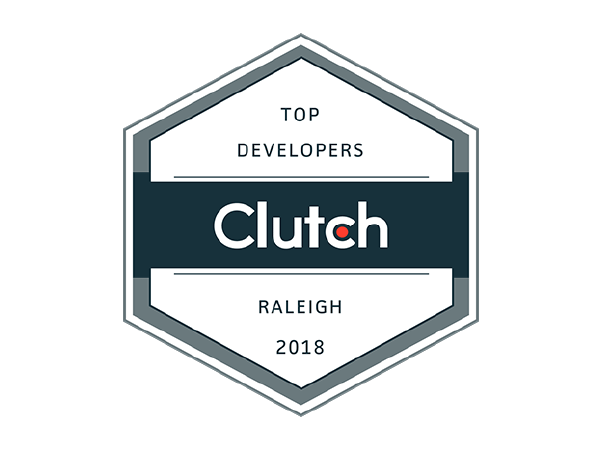Caktus Blog
2018

Make ALL Your Django Forms Better
Website experiences need to be consistent as much as they need to be well thought out and aesthetically pleasing. Structure, visual design, user interactions, and accessibility concerns are among many considerations that go into building quality websites. While achieving consistency of experience and implementation is an essential goal of web development, efficiency of execution is also very important. An efficient workflow means this consistent experience doesn’t require redoing work across the site.

Stories of Security (PyCon 2018 Must-See Talk Series)
This is the second post in the 2018 edition of our annual PyCon Must-See Series, which highlights the talks our staff especially loved at PyCon. While there were many great talks, this is our team’s shortlist.

Why We Love TestBash (and You Will, Too!)
Mirror, mirror, on the wall - what’s the best test conference of them all? That’s the question that many of you may be asking yourselves when trying to decide which conference to attend. Well, we believe we have discovered what may be one of the top contenders for best software testing conferences: the Ministry of Testing’s TestBash.

3 Common Form Testing Issues (Plus 1 Helpful Tool)
Forms are something that I find myself testing frequently, whether it’s an e-commerce checkout page or a new model in the Django admin. The challenge of forms is that users will often enter things that may not have been accounted for when the form was created.

Love Your Bugs (PyCon 2018 Must-See Talk Series)
Welcome to the 2018 edition of our annual PyCon Must-See Series, highlighting the talks our staff especially loved at PyCon. While there were many great talks, this is our team’s shortlist.

PyCon 2018 Recap
Making connections
Before the conference, our team listed “making connections” as one of the main reasons to attend PyCon. We certainly did that, welcoming visitors to the booth and catching up with friends old and new.

Avoiding the Blame Game in Scrum
The words we use, and the tone in which we use them, can either nurture or hinder the growth of Scrum teams. This is especially true for teams that are new to Scrum or that may be transitioning into a new Agile methodology.

Creating Dynamic Forms with Django
Editor’s note: This post was written in 2018 when Django 1.11 and Django 2.0 were current. The code samples may need to be updated to work with more recent versions of Django.

Prioritizing Defects
A defect, or bug, in a software product can be defined as a flaw in the system that leads to a measurable or observable deviation from its expected result. During development, it’s part of the quality assurance process to prioritize defects in order to minimize the impact to the end product and meet the agreed-upon quality level for the product. This prioritization can seem like a dark art. How do we decide what gets addressed and what doesn’t?

Caktus Recognized as Top Web Development Company in Raleigh
Since Caktus’ founding in 2007, we have dedicated ourselves to growing sharp web apps the right way. The tenets of our Success Model drive us to focus on strategic partnerships, prioritize the most valuable features, develop for scalability, and recruit a sharp team. We’re pleased and honored that this focus on doing things right has been recognized by leading review website Clutch.